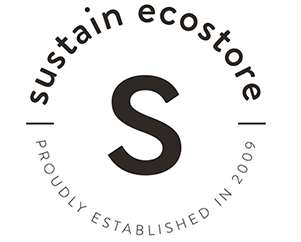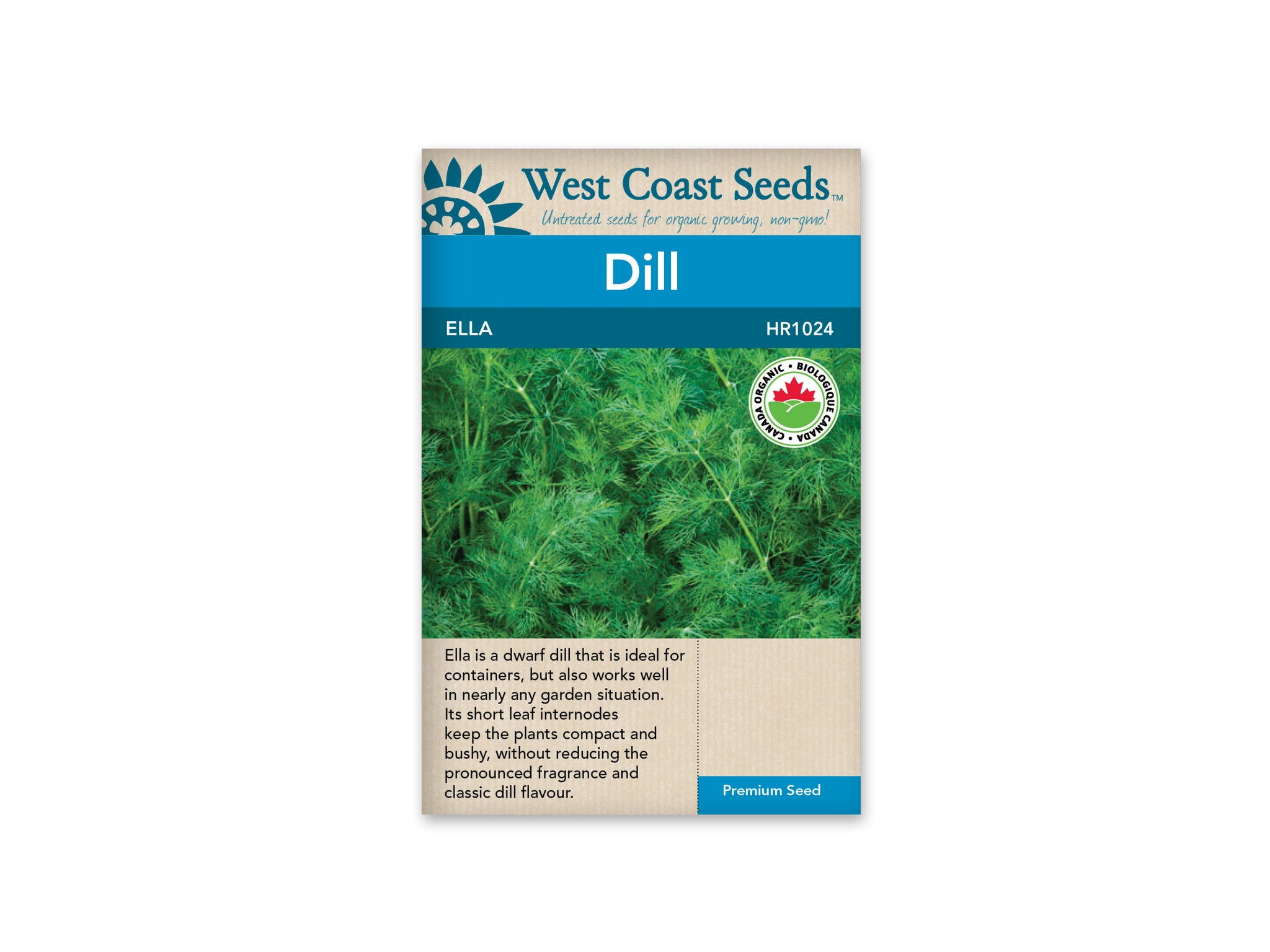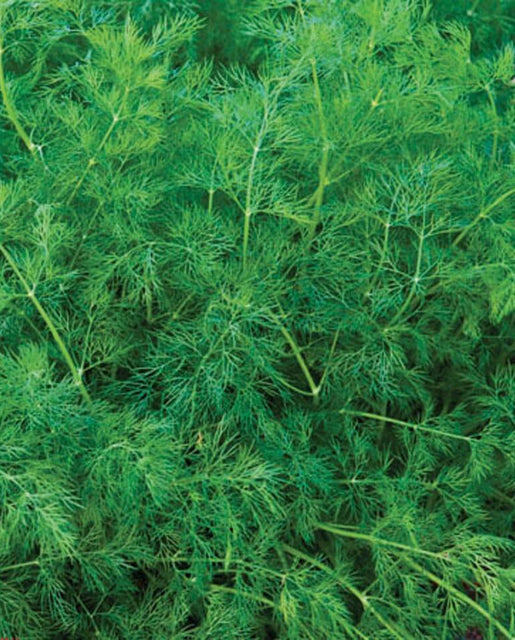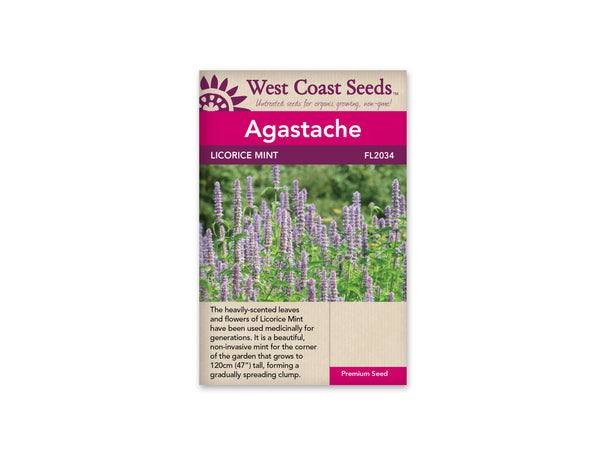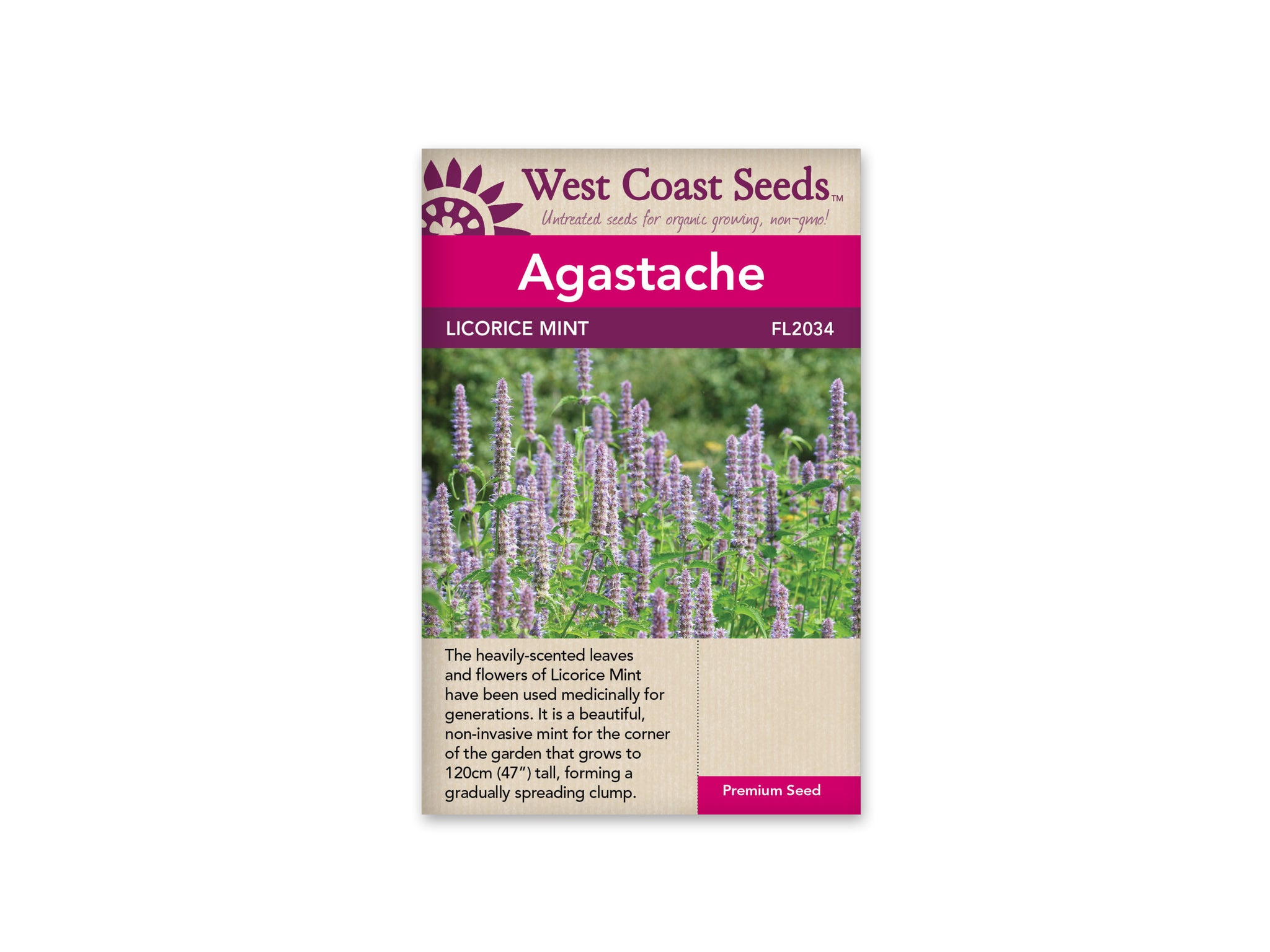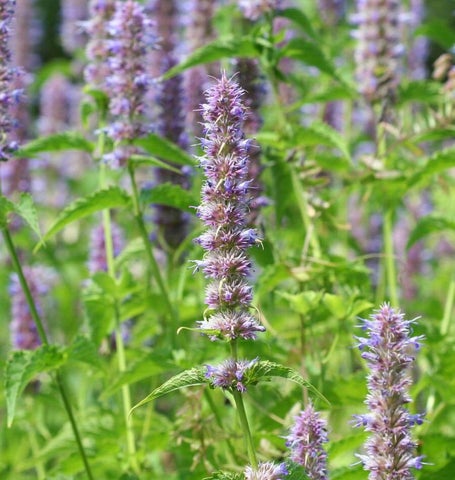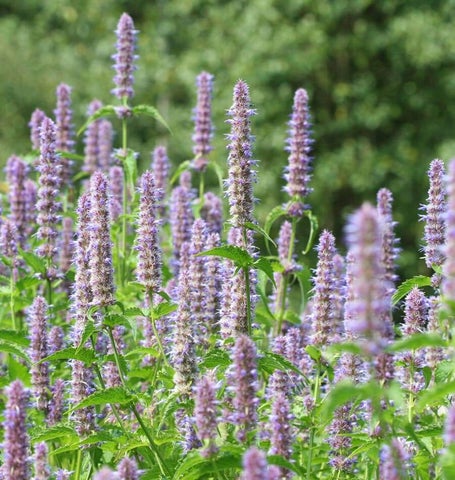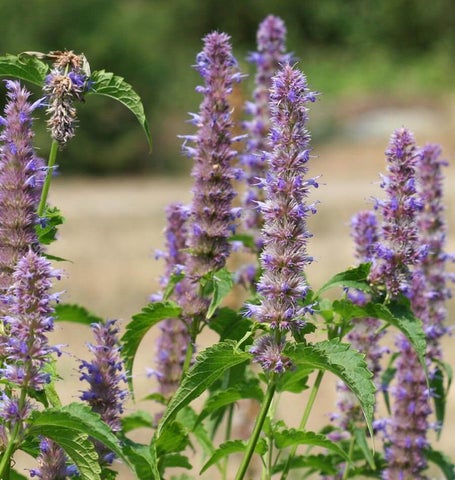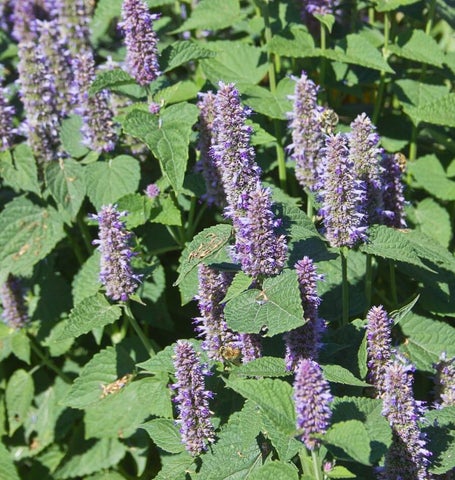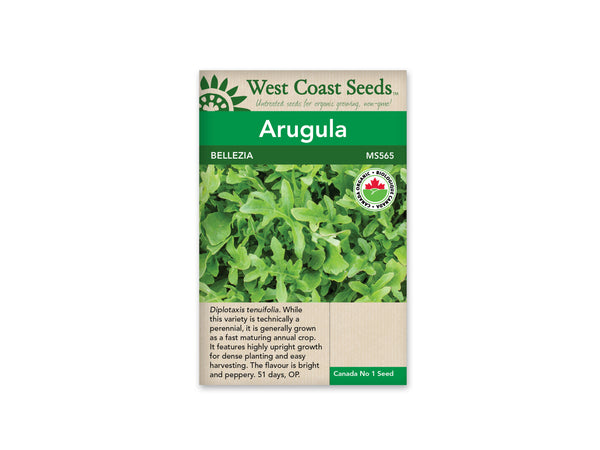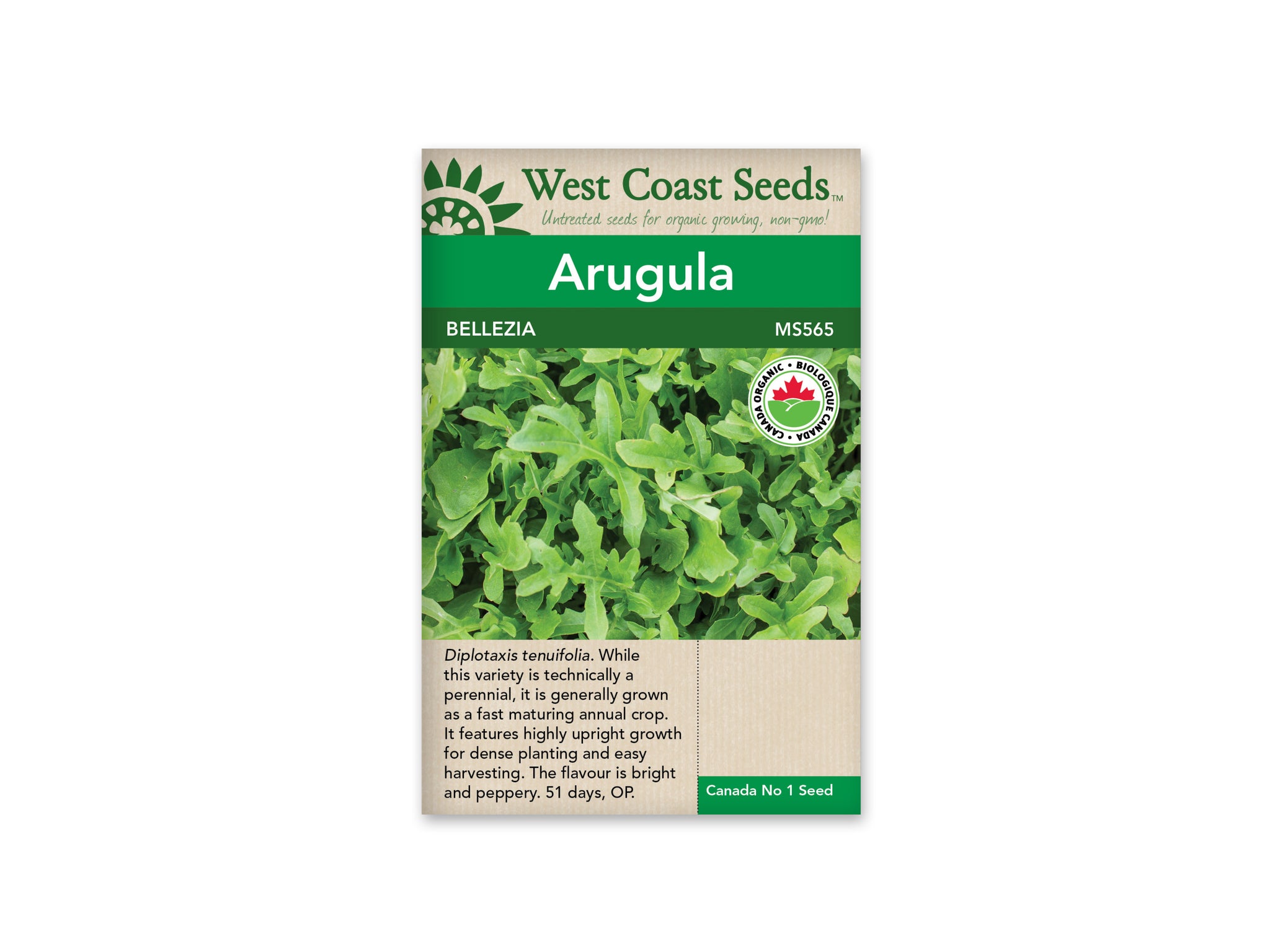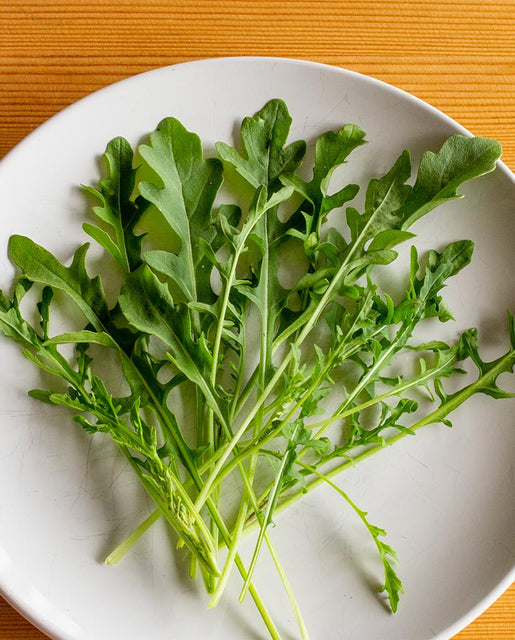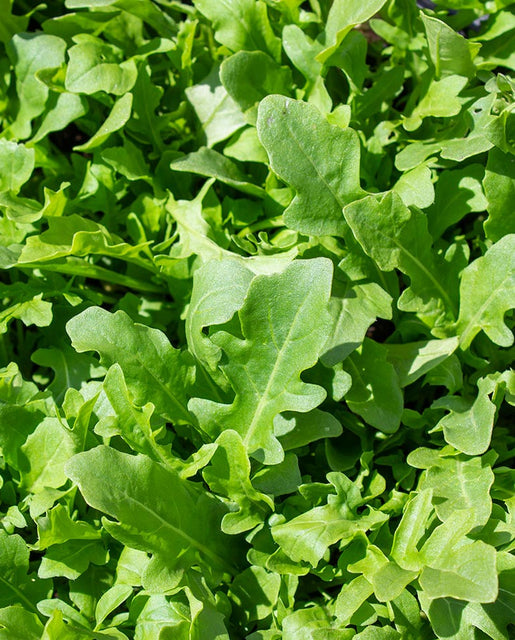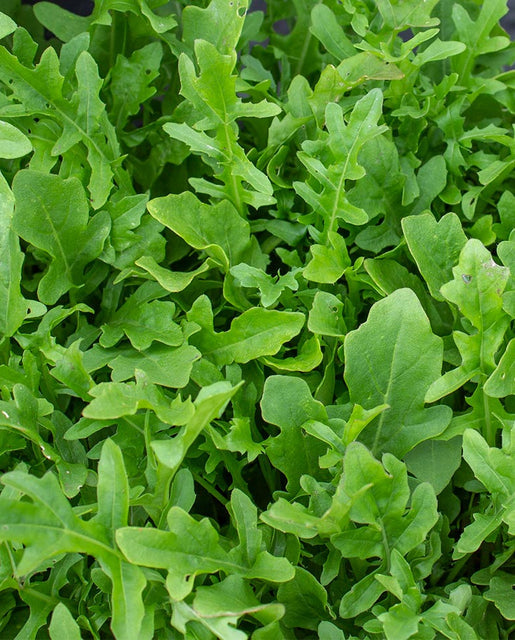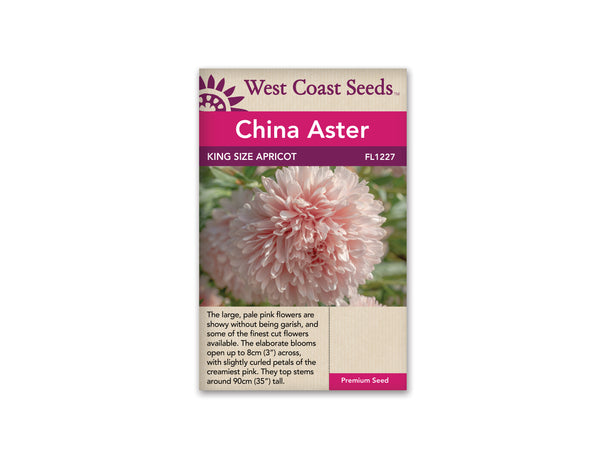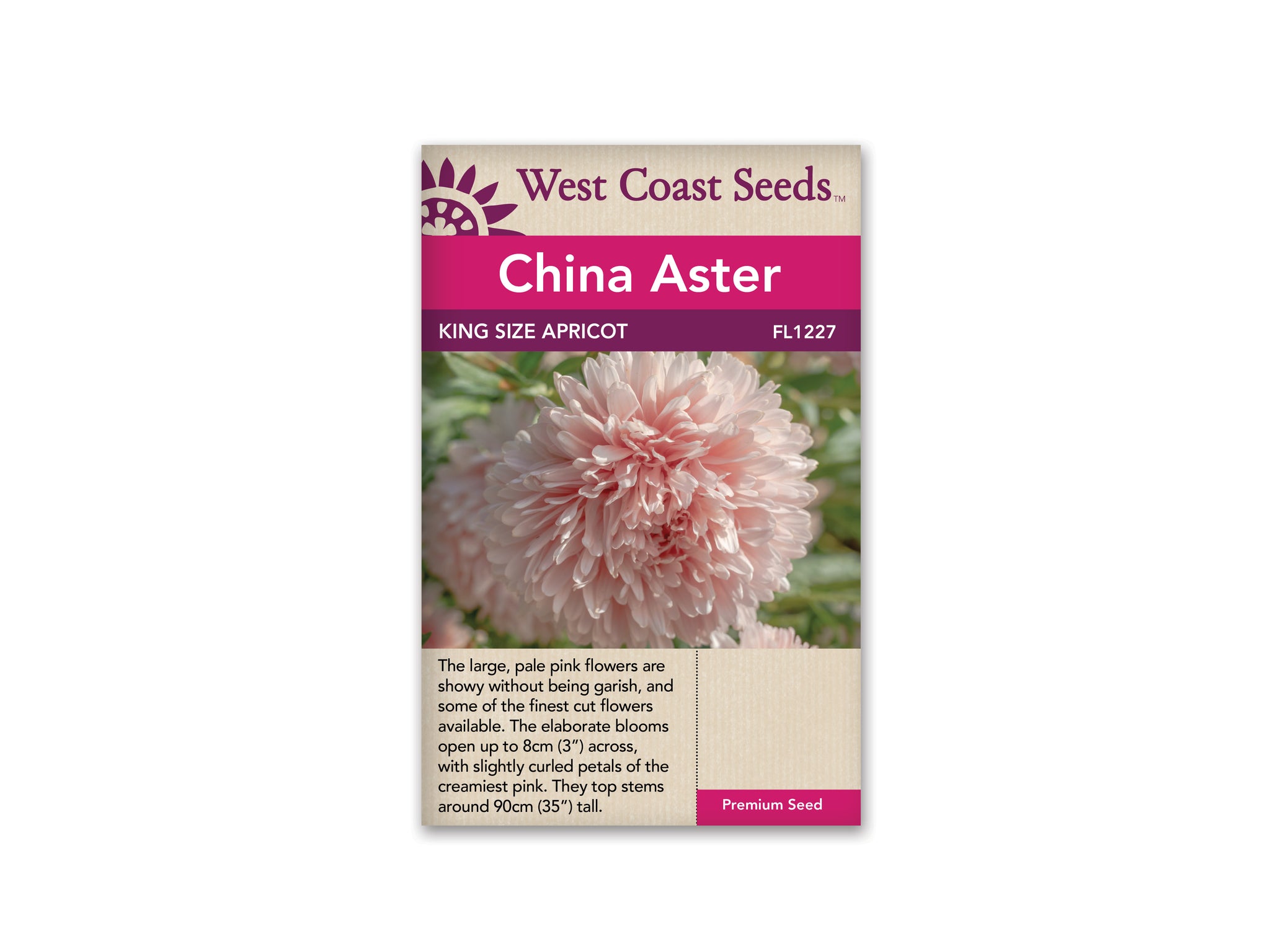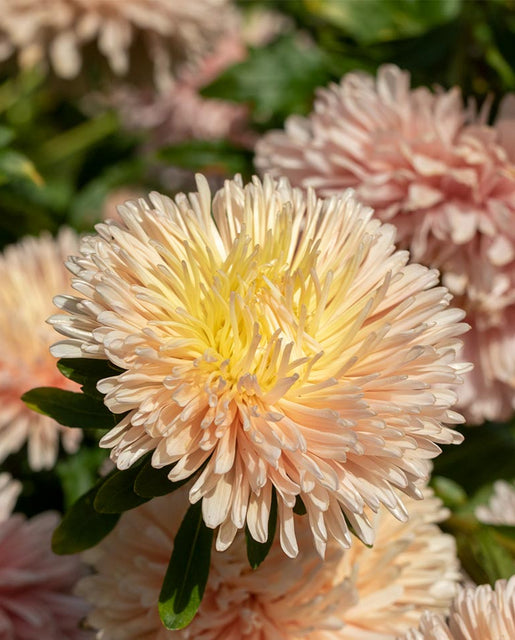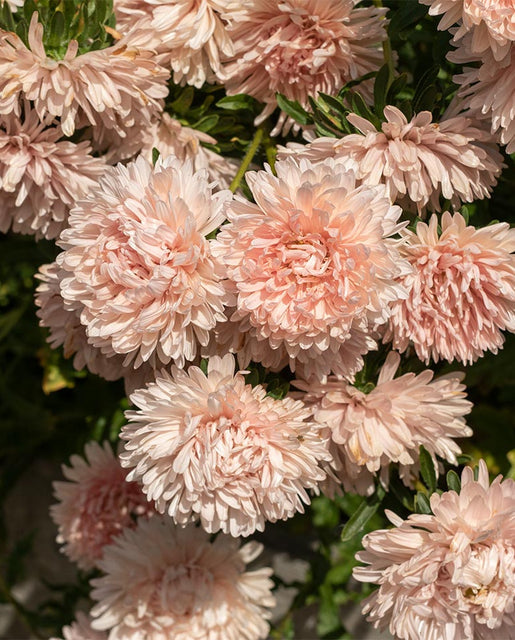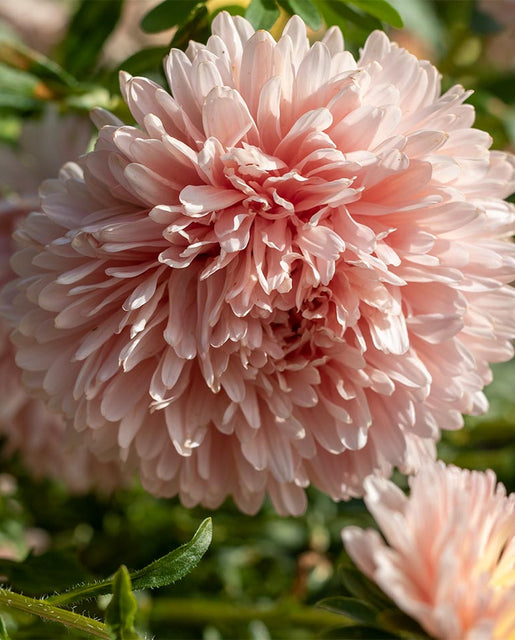Canadian Orders: Flat-Rate Shipping on Orders over $75 | Orders Over $150 Ship Free!
-
Shop
- New Arrivals
- Gardening
- Seeds
- Children + Baby
- Bath + Skin Care
- Baby Toys
- Books
- Puzzles + Games
- Loose Parts + Creative Play
- The Little Naturalist
- Play Chef
- Slings
- Apothecary
- Kids Lunches
- Accessories
- Sustainable Living
- Brushes / Brooms
- Food Storage
- Outdoors
- Coffee, Tea, Chocolate + Honey
- Coffee + Tea Accessories
- Water bottles + Travel Mugs
- Cookbooks
- Dishwashing
- Laundry
- Cleaners
- Accessories
- On The Go Essentials
- Self Care
- Face Care
- Body Care
- Hair Care
- Cosmetics
- Deodorant
- Toothpaste + Oral Care
- Sun Care
- Accessories
- Zero Waste Bathroom
- Soap
- Essential Oils
- For Men
- Books
- Apothecary + Natural Supplements
- Pet Care
- Shop Local
- Bulk
- In Store Pick Up
- Home Improvement
- Paint & Stain
- Discover
- Bulk Bar
Dill — Ella Organic
Sold Out $3.49
Ella Organic dill seeds are CERTIFIED ORGANIC! Finally, a dill variety for the patio herb garden! Ella is a dwarf dill bred for container and hydroponic growing. She has short leaf internodes, so she stays compact and bushy at 25-36cm (10-14"), but with all the great fragrance and flavour of a giant garden dill.
The structure of dill's flowers is known as an umbel, so dill is considered an umbelliferous plant. Other umbellifers include carrots, cilantro, fennel, parsnips, and Ammi. All of these plants are attractive to predatory insects such as lady beetles, Syrphid flies (hover-flies), lacewings, and tiny parasitoid wasps. Organic gardeners take advantage of this natural food chain by growing dill precisely to attract these beneficial insects, for they will control pest insects like aphids, thrips, whitefly, and the caterpillar of the Small White Butterfly (cabbage moth).
Quick Facts:
- Dwarf variety bred for container and hydroponic growing
- Flavour of a giant garden dill
- Stays compact and bushy
- Great fragrance
- Certified Organic
Size: 0.5g (approx. 415 seeds)
Difficulty
Easy
Season & Zone
Season: Warm season
Exposure: Full Sun
Timing
Direct sow late spring through summer, or sow when cucumbers are transplanted, to coincide maturity for pickling. Dill tends to bolt if transplanted, so it is best direct sown. Stagger the harvest by sowing every 2-3 weeks for a constant supply of fresh leaves. Optimal soil temperature for germination: 15-21°C (60-70°F). Seeds should germinate in 10-21 days.
Starting
Dill seeds need some light to germinate. Sow seeds no more than 5mm (¼”) deep in rows 45cm (18″) apart. Thin the plants to stand at least 15cm (6″) apart.
Growing
Ideal pH: 5.0-7.0. Grow in moderately rich soil in full sun. Water and feed regularly, and stop any overhead watering once plants are 60cm (24″) tall to prevent issues with mildew forming on the leaves.
Harvest
Begin harvesting the tasty leaves once plants reach 15cm (6″) tall. About 12 weeks after sprouting the seed heads begin to form. When the first seeds have turned brown, cut the whole head and hang it upside down for the drying seeds to fall out into trays or paper bags. Dill leaf loses most of its flavour when dried, so freeze it in ice cube trays filled with water for use all winter.
Seed Info
Usual seed life: 3 years.
Companion Planting
Dill improves the health of cabbages and other Brassicas, and is a very good companion for corn, cucumbers, lettuce, and onions. Dill attracts ladybugs, lacewings, and the parasitoid wasps that feed on garden caterpillars. At the same time it repels aphids and spider mites. Avoid planting near carrots and tomatoes.
Related Items
Agastache — Licorice Mint
Sold Out $3.49
Agastache foeniculum. With heavily licorice-scented leaves and tall spikes of edible lavender flowers, Licorice Mint has been used medicinally for generations. It also happens to...
View full product detailsArugula, Wild — Selvatica Heirloom Organic
Sold Out $3.69
CERTIFIED ORGANIC! Diplotaxis tenuifolia. While technically this variety is a perennial, growers and home gardeners will probably prefer growing it as a fast maturing annual crop. Bellezia...
View full product detailsAster — King Size Apricot
Sold Out $4.19
Callistephus chinensis. King Size Apricot China Asters are some of the most sensational cut flowers we know of. The large, pale pink flowers are showy without...
View full product detailsSign up to get the latest on sales, new releases and more…
© 2025 Sustain.
Ecommerce Software by Shopify
